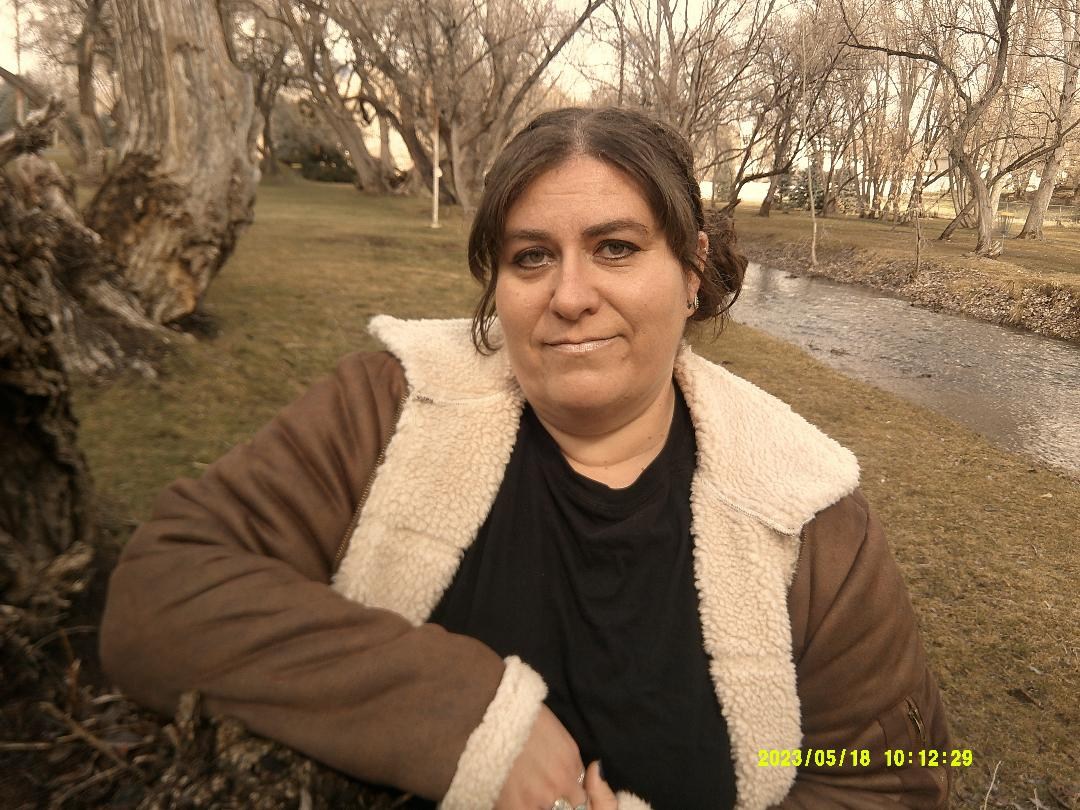By Rio L. Barney
The first thing you need to understand is that plants need three key things to survive: sun light, water, and food (or dirt in their case). The easiest way to murder a plant is by depriving it of one of these things. Not enough sun light gets you a dead plant. Not enough water, equals a dead plant. Not enough food, you got it, dead plant. Conversely, too much will also kill it. Too much sun, dead. You get my drift.
For those of us that are interested in keeping plants alive, fear not. You can do it. Plants, like most living things want to stay alive. They try to tell us when they need something. We just need to listen. Gardening is a fantastic way to spend your time. However, for new gardeners, things can be confusing. There is a lot of information out there and it can be overwhelming, to say the least. But really, it boils down to this. Water your plants, stick them in the right location, and give them good soil.
Let’s start with the sunlight. Plant tags and seed packages have a lot of useful information on them. Those will let you know if your plant wants to live in full sun, full shade, or partial shade, which is a good mix of both. Full sun really means the plant needs about 8 hours of sunlight. Full shade is never really full shade. All plants need a little sun to grow, but really, other than a dungeon, nothing is full shade. Dappled shade works great. And that’s just a fancy way of saying shade that gets some sunlight. Partial shade means an area that gets 2 to 4 hours of sunlight.
Moving on to water requirements. Some plants like a lot of water, think celery, hydrangeas, and watermelons. Some plants don’t. Those plants are usually called ‘drought resistant’. Here’s the trick to knowing which is which: if the plant is refreshing, think celery, or has a water sounding name, think hydrangea (hydro means water), they like a lot of water. If you find them in our surroundings, i.e. the desert, or city offices, they are probably drought resistant. Some great examples are coneflowers, black eyed Susan, and sunflowers. Lavender is supposed to be, but that is one plant species that I murder often, sorry to all in the lavender family. I don’t mean to murder you. It kind of just happens. Here’s the tricky thing about watering your plants: even plants that need a lot of water, can’t survive in totally saturated soil. Think of it like trying to get a drink with your head under the bathtub full of water. Too much is just too much. Check the soil. If it’s dry, add a little more water. If Noah floats by, wave and back off on the watering.
Let’s tackle soil. This is where a lot of people get lost (including me). There is so much information out there about soil. You should use this type of soil for this type of garden and so on and so forth. But does it really matter? Probably on a molecular level. Here’s how I wade through the information overload. I like to think of my plants as pets. Dogs, cats, cows, anything will do. You have to feed and water your pets every day. We’ve already talked about watering your pet plants. So how do you feed them? It’s all in the soil. The best way to feed the soil is through compost, or amending with organic compounds as the experts say. Compost is awesome! You can never have too much. We have a lot of really great stores around that carry compost at a reasonable price, but it’s loads of fun to make your own. More on that in a later conversation. How do you know when the soil needs more amendment? It’s not like your plants can bark at you until you figure out what is wrong. The simple answer is this: add compost when you plant, and then add more two months later. No fertilizer, just compost. The plants will figure out what to do from there.
Growing things is a lot of fun. It can be confusing, but if you keep it simple, life really will find a way. And don’t feel too bad about all of those dead plants (I’m talking about you, lavender). I’m sure they’re in a better place.
Happy gardening!

Rio L. Barney is an author of all things fantasy with a dash of horror and sci-fi mixed in. When not trekking through the wilds of Utah with her husband and three children, she can be found hacking away at a computer, often laughing at her own jokes. She loves to stare at the stars and dig in the dirt while attempting to grow anything and everything in the heavy clay of Utah County. Born and raised in Lehi, she has traveled the world only to return to her hometown. You can find her on Facebook as Rio Barney and Instagram @barneyrio

